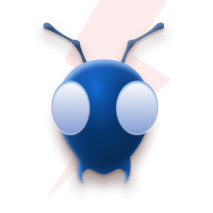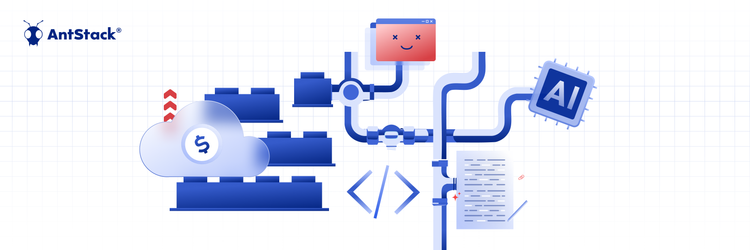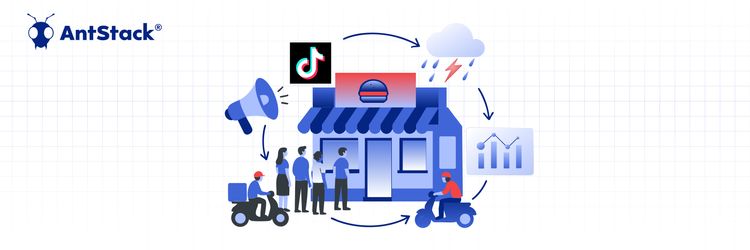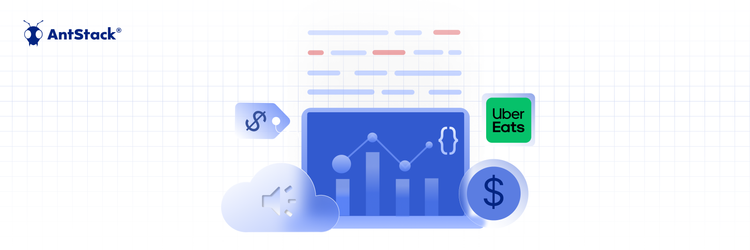Rethinking Cloud Spend: Modernization Over Short-Term Cuts
Tech infrastructure is table stakes to run a QSR chain in the business as usual mode. But, what is not recognized as table stakes is rush hour, unexpected demand, and things you can’t predict. What happens to your digital infrastructure when the unexpected hits?
Not the lunch rush. You’ve planned for that.
We’re talking about:
- A sudden downpour that spikes delivery orders
- A TikTok video that makes your limited-time item go viral
- A promo campaign that accidentally floods your backend with traffic
These are the kinds of moments QSR engineering leaders deal with all the time. And in those moments, traditional server-based middleware starts to crack.
Demand in QSR never follows a straight line
Here’s the thing most people get wrong about serverless: they treat it as a cost-saving hack.
But for me and for the QSR teams I’ve worked with serverless is about resilience. It’s about building a digital system that can absorb chaos, respond fast, and recover without anyone scrambling in a war room.
This is especially critical in QSRs, where unpredictability isn’t an edge case, it's part of the business model. Consumer behavior changes by the hour. Region-specific promotions hit different markets in wildly different ways. And operationally, your stores and digital systems need to handle all of it, without flinching.
That’s where I started thinking deeply about what I now call Demand Elasticity Theory (DET).
Elasticity Isn’t a Luxury - It’s a Necessity
Demand Elasticity Theory is simple in principle:
Your system should scale up or down in compute, storage, and logic to match real-world volatility in demand.
Now, in retail or finance, you can model these fluctuations. You can forecast them with a degree of certainty. But QSR? Not a chance. It’s not just about peak hours. It’s about weather, social media, local events, staffing shortages, all things that can’t be predicted in your backend code, but still hit your backend hard.
Yet, what I often see is infrastructure built on the assumption that things will go according to plan. That assumption breaks fast.
The ignored cost of CRUD Thinking
What makes it worse is that most QSR middleware is designed like a database where everything revolves around CRUD operations: create, read, update, delete.
Now, that’s fine for static data. But QSR franchises don’t operate on static timelines. They run on events:
A new store opens
A location shuts down for renovation
An aggregator API goes offline
A holiday shifts operating hours for half your franchisees
These are operational events. They don’t wait for clean deployments or off-peak hours.
And yet, most engineering teams are still modeling their systems around tables, not triggers. Around records, not reactions.
It’s no wonder the tech becomes the bottleneck when the business moves faster than the system can handle.
Shifting the Mindset: From CRUD to Events
That’s why we started exploring what I now call Franchise Event Modeling a way to architect middleware not around data storage, but around real-world operations.
Instead of seeing the system as a series of database transactions, we treat it as a flow of events that need to be processed, routed, and responded to in real time.
Let me give you a few examples:
| Event | What It Means | What the System Should Do |
| A store goes live | Franchise launch | Register and provision it in RIS instantly |
| An aggregator partner fails | Platform sync outage | Reroute API traffic to a fallback |
| A new menu item is introduced | Limited-time offer | Update schema and push config to all locations |
| Orders spike regionally | Behavior change | Trigger alerts and auto-scale backend services |
It’s not just smarter but also it’s sustainable. Especially as your franchise footprint grows and your operations become more complex.
What Serverless + Event-Driven Middleware Actually Delivers
So what happens when you build this kind of system using a fully serverless, event-driven architecture?
In one case, we helped a global QSR chain redesign its entire middleware in 2.5 months with just two engineers, zero infrastructure to manage, and no need to touch legacy code. Everything was event-based. Everything was serverless.
The result?
- Failover between regions in under 2 minutes
- Effortless scaling during unexpected spikes
- Real-time data sync across thousands of endpoints
- No firefighting when things broke—because they didn’t
That’s not just good engineering. That’s peace of mind for ops, IT, and the business.
Why This Matters More Than Ever
We’re looking at a $341 billion market by 2035, growing at over 5% annually. Automation isn’t optional anymore. 100% of restaurant operators now report that tech improves business outcomes. But the tech has to be designed for the chaos, not just the routine.
And that means letting go of infrastructure. Letting go of static design. Letting go of the myth that steady traffic equals stable systems.
QSR tech doesn’t just need to scale.
It needs to adapt.
It needs to recover.
It needs to flow with the business, not fight it.
Serverless isn’t just about cost. It’s about surviving the unpredictable and thriving in it. And the next time a TikTok trend or a thunderstorm hits your system…you’ll be ready.









